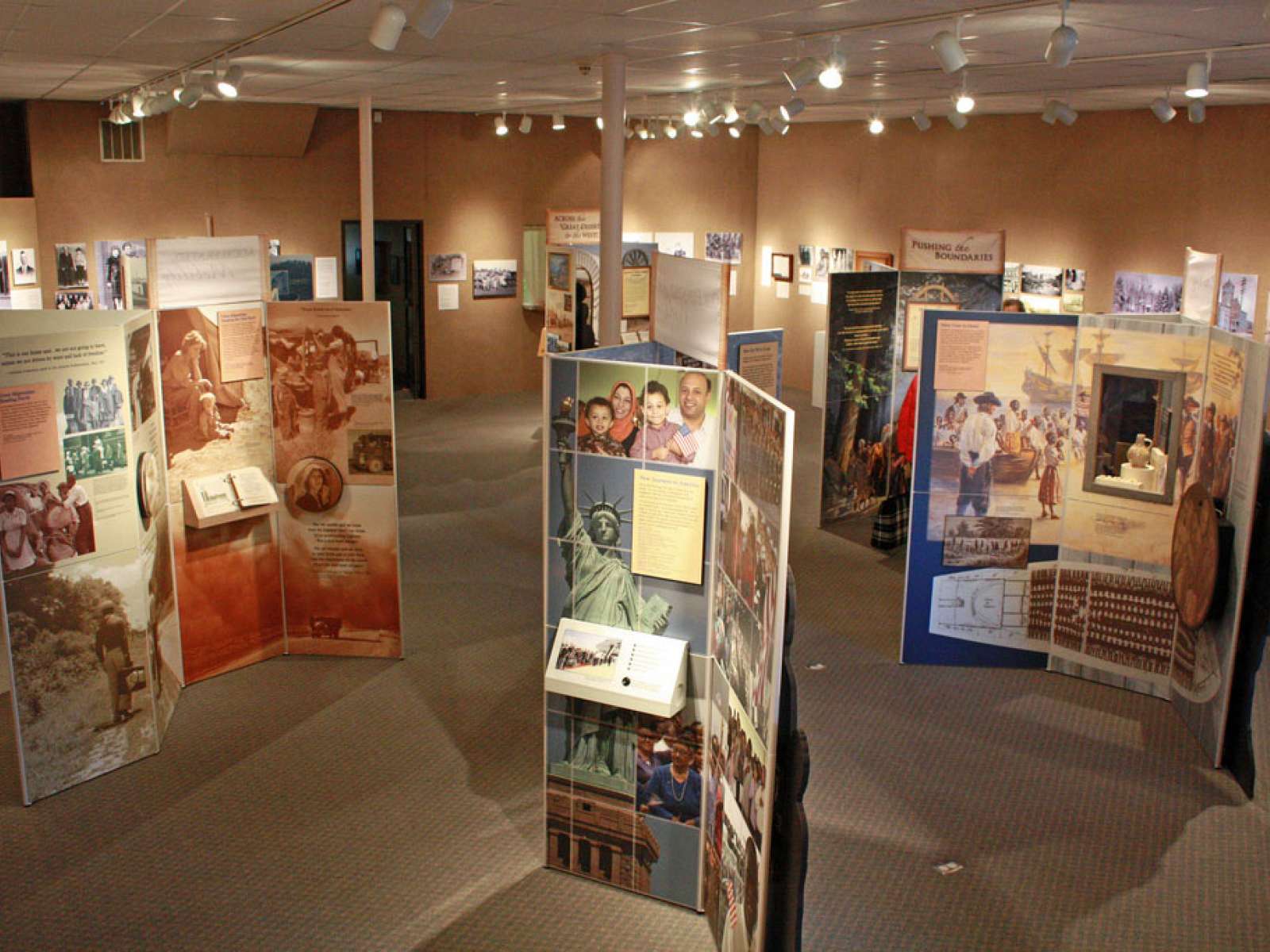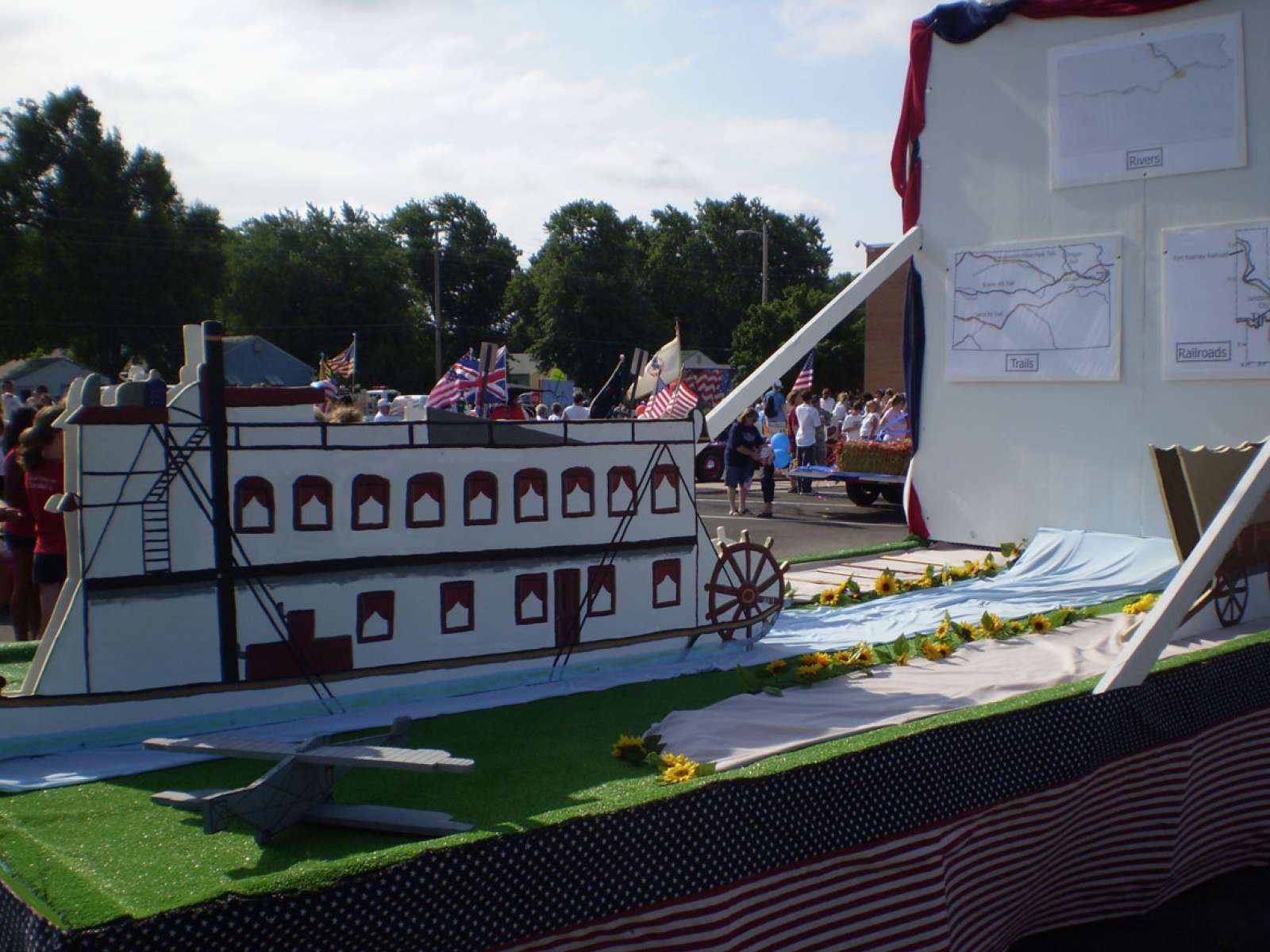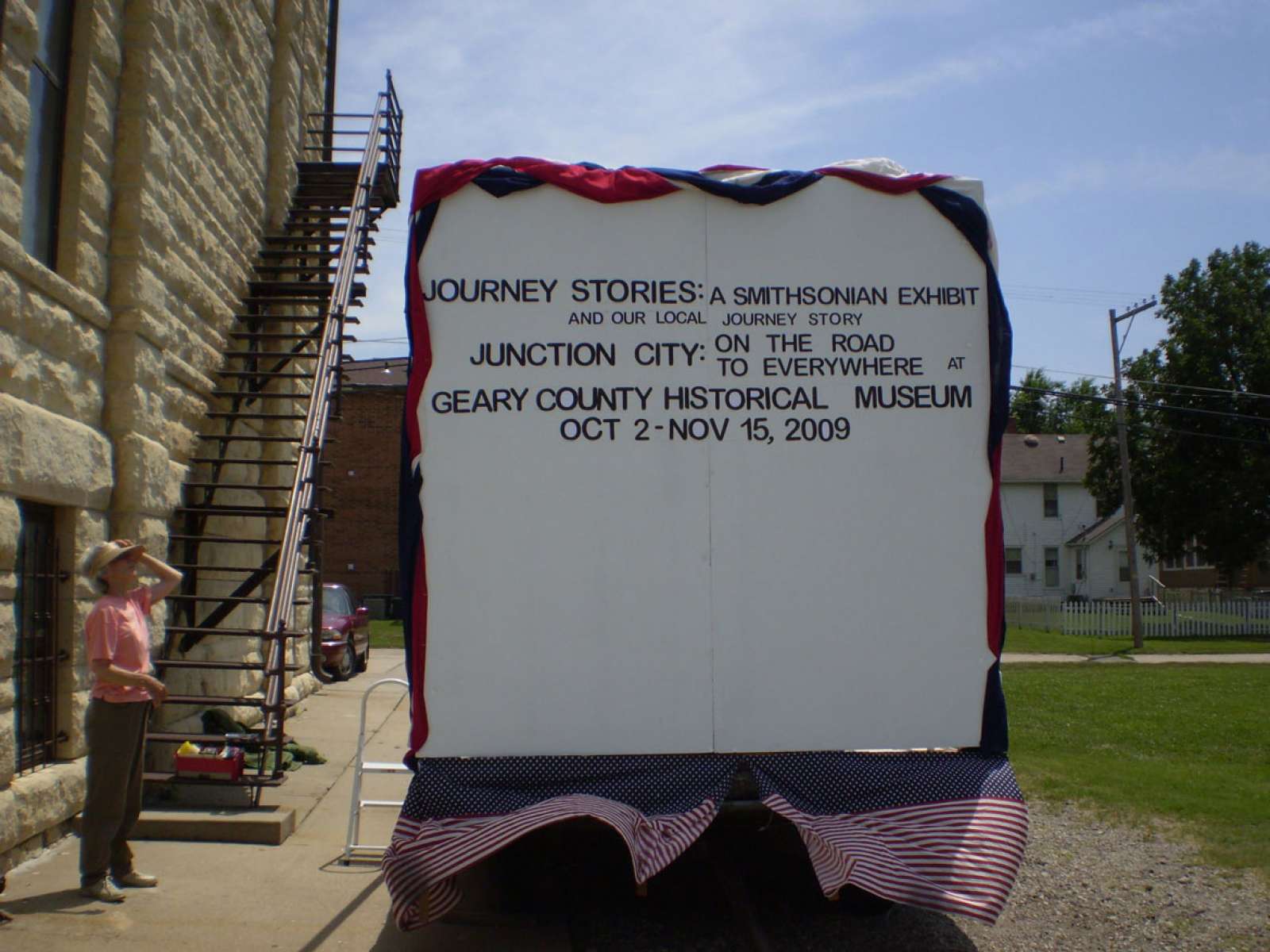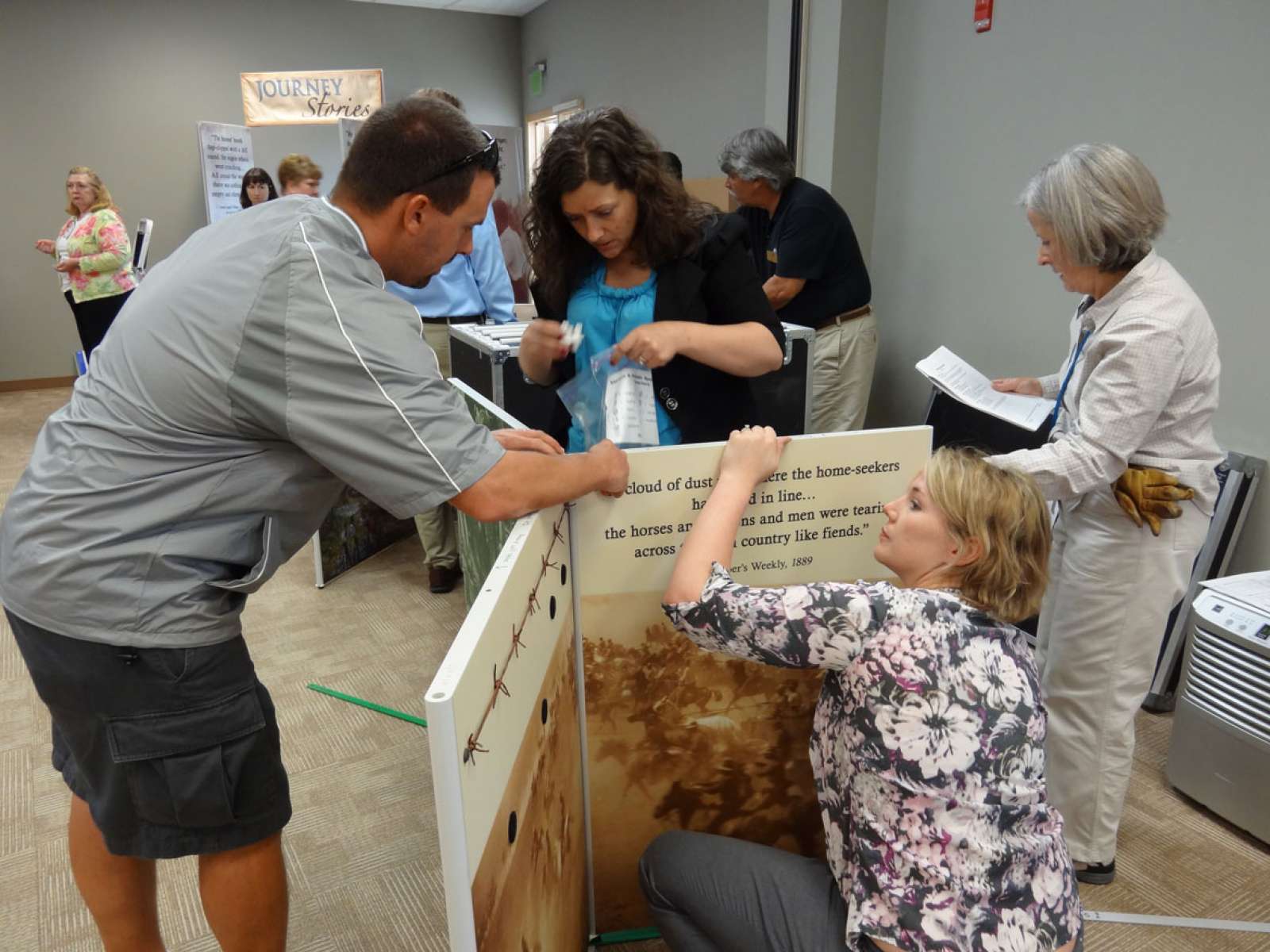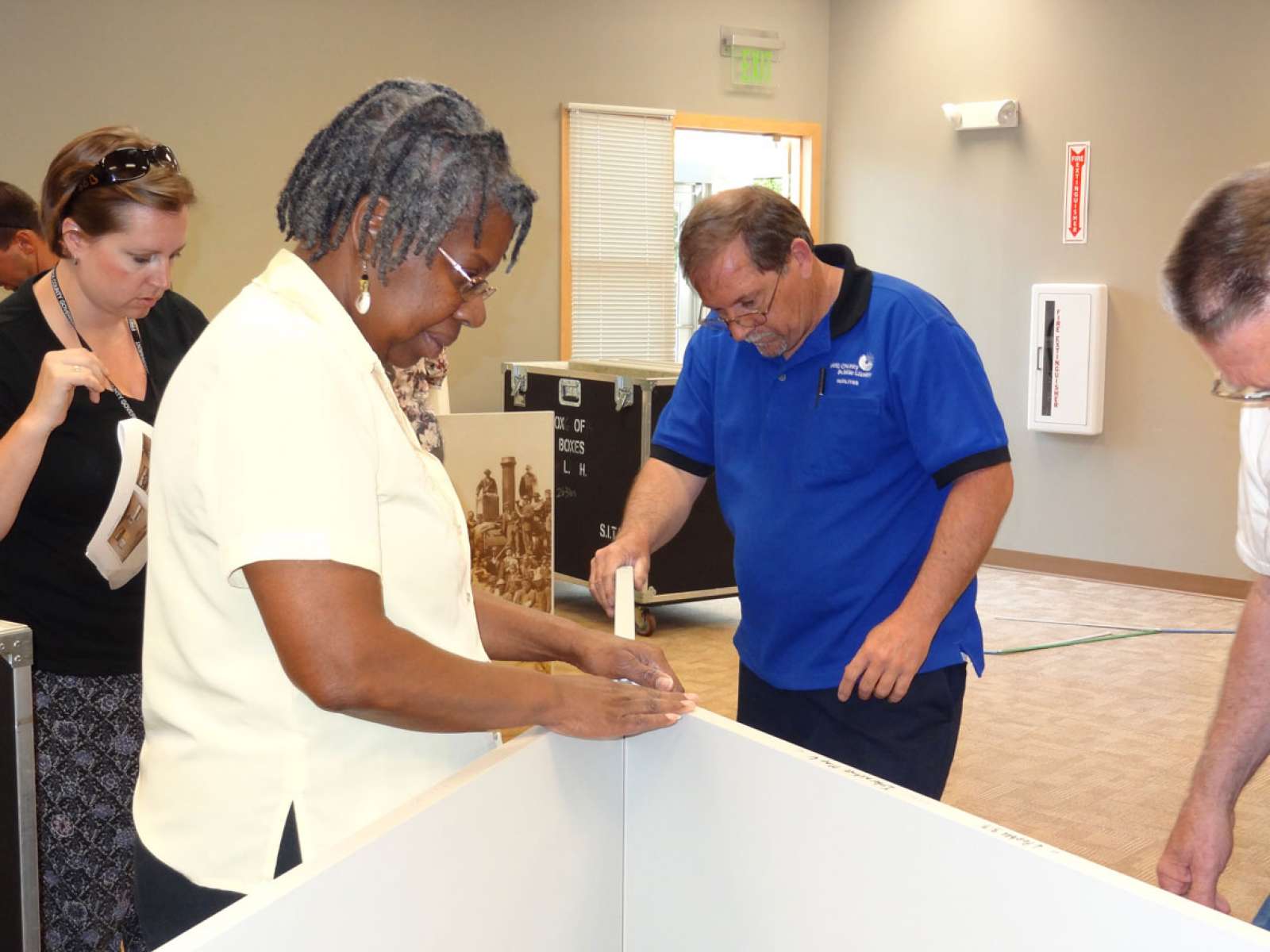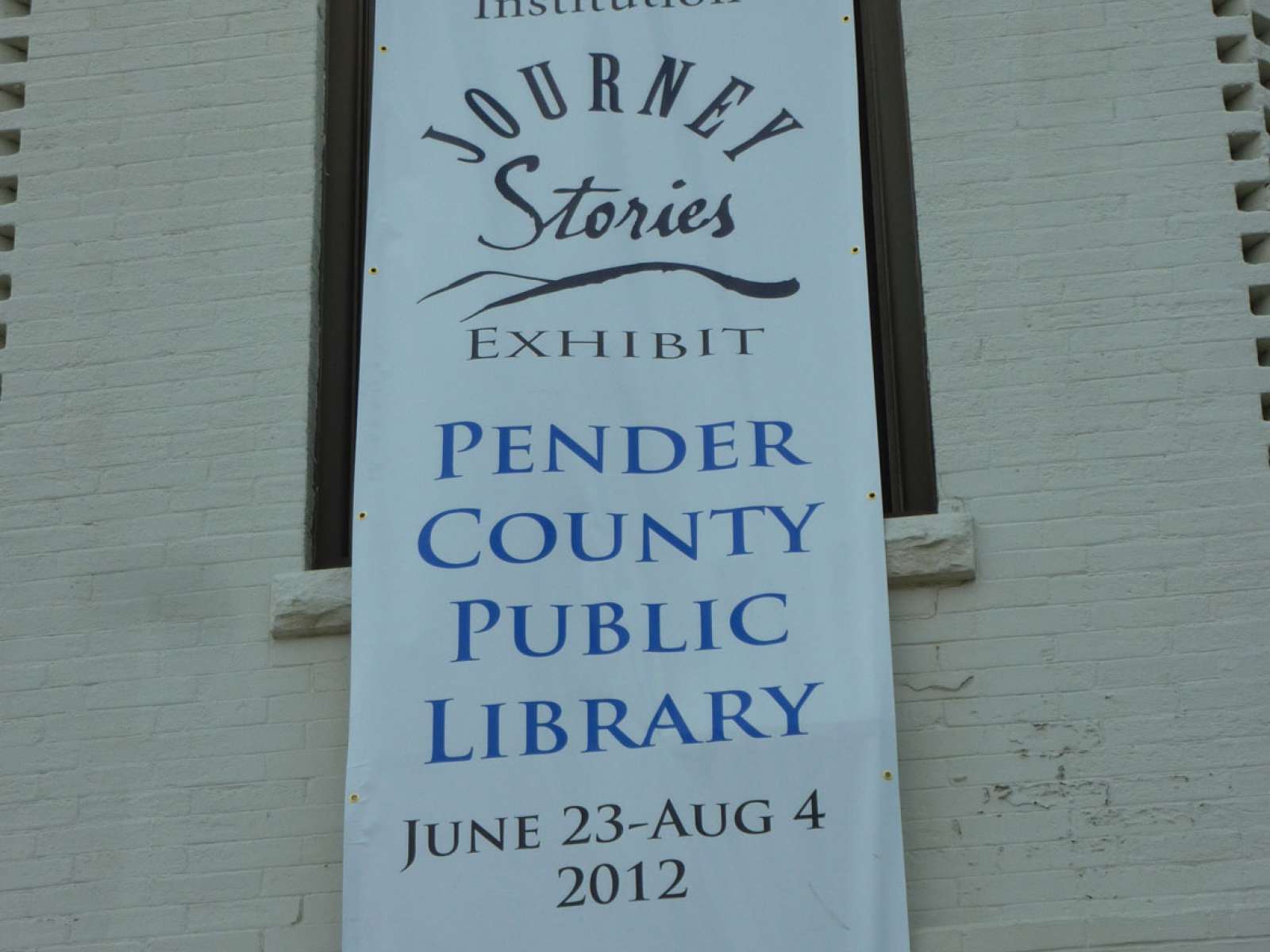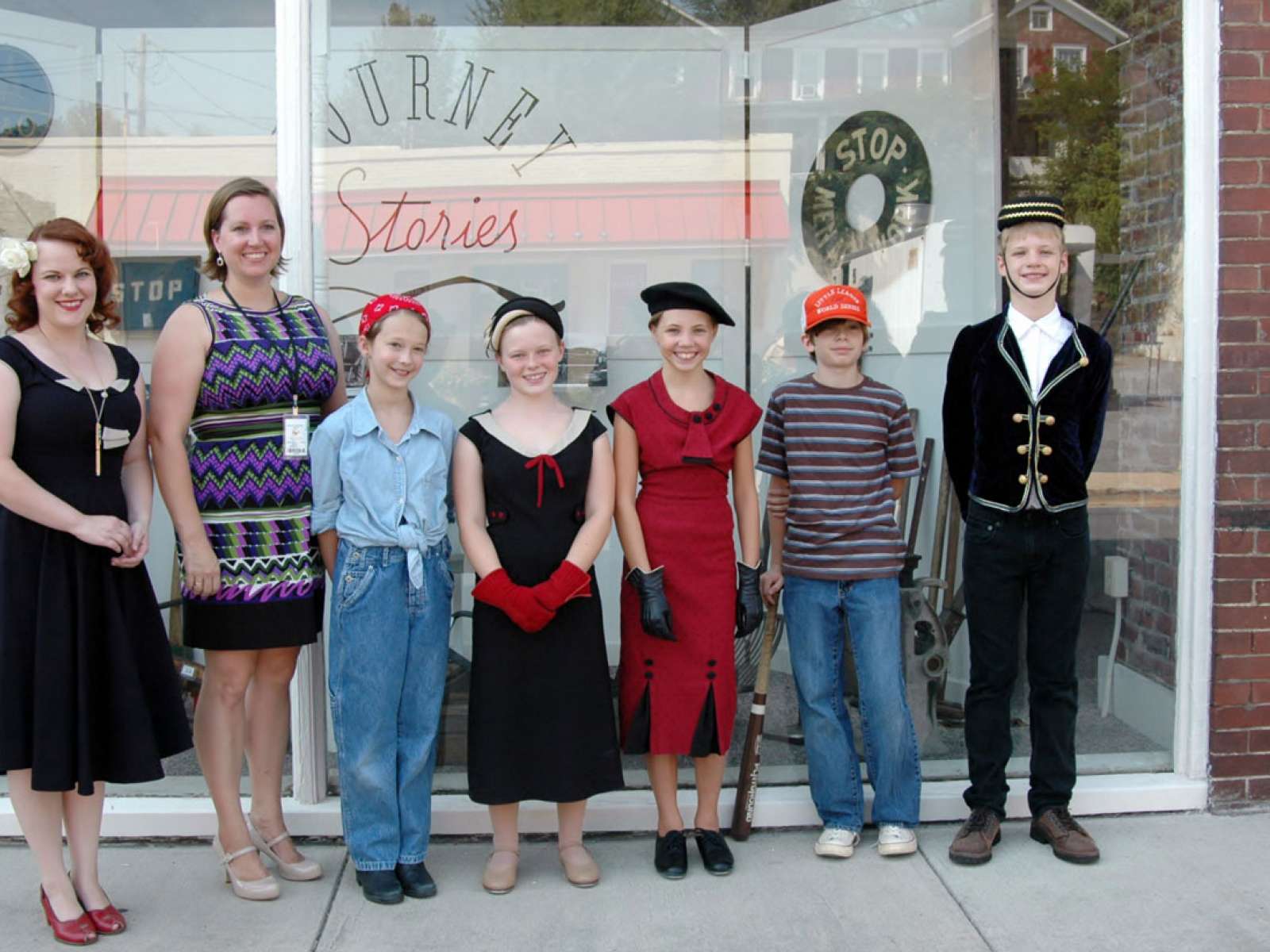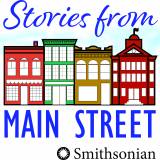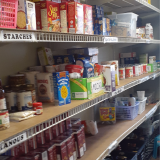Journey Stories: About This Exhibition
The Smithsonian’s Journey Stories exhibition explored how people came to America. These stories of travel and migration are often key to our personal identities. From Native Americans to new American citizens and regardless of our ethnic or racial background, everyone has a story to tell. Our history is filled with stories of people leaving behind everything to reach a new life in another state, across the continent, or even across an ocean.
The reasons behind those decisions to move are myriad. Many chose to move, searching for something better in a new land. Others had no choice, like enslaved Africans captured and relocated to a strange land and bravely asserting their own cultures, or like Native Americans already here, who were often pushed aside by newcomers. Our transportation history is more than trains, boats, buses, cars, wagons, and trucks. The development of transportation technology was largely inspired by the human drive for freedom.
Read MoreThis exhibition is no longer touring.
This exhibition covers many themes, including:
Coming to America was often a one-way trip. Explorers, colonists, indentured servants, and slaves left friends, extended families, and familiar surroundings behind, never to be seen again. In search of religious freedom, opportunities, wealth, or adventure, many set out voluntarily to explore and settle an unknown land. Others were forced to leave their homes to survive as best they could.
Hundreds of thousands from Africa came to America by force—as slaves. Slavery became a crucial part of the economies of most American colonies, north and south. Slaves endured harrowing journeys and were treated as trade goods rather than human beings. Many died on the Atlantic crossing.
As the population on the East Coast increased, Americans pushed at the western boundaries of the colonies and then of the new nation. Trappers and settlers followed existing Indian trails and were often surprised to find well-established Indian towns, with cultivated fields. As settlers arrived, they wanted new roads, bridges, ferry crossings, and—by 1800—canals. Many wanted these “internal improvements,” as they were called, to be financed by the government. Until the 1860s, slaves and new immigrants provided much of the labor to construct these new, essential connections.
The first great ‘highways’ west of the Appalachians were the Ohio, Mississippi, and Missouri rivers. The Ohio and the Mississippi together linked the states and territories from the western Appalachians to the Great Plains; the Missouri provided a navigable pathway west for flat-bottomed steamboats to the territories of the upper Great Plains as far as Montana. Kentucky, Tennessee, Ohio, Louisiana, Indiana, Mississippi, and Illinois became our 15th through 21st states. Cincinnati grew into what people called, “The Queen City of the West,” while St. Louis became the hub for development even farther west.
By the end of America’s Civil War, a great national project was already underway—constructing the world’s first transcontinental railroad. Irish immigrants and war veterans built westward from the nation’s existing rail network at Council Bluffs, Iowa. Chinese laborers built eastward from Sacramento, California. Eventually, they met in Promontory, Utah, after spanning some 1,776 miles. Later on, in the 1880s, other Asian immigrants came to the Pacific Northwest to build new railroads.
Looking For Exhibition Resources?
Visit our Resource Center for Exhibition Guides, Lesson Plans, Scavenger Hunts, Reading List, Docent Handbooks, Free Posters, and more!





